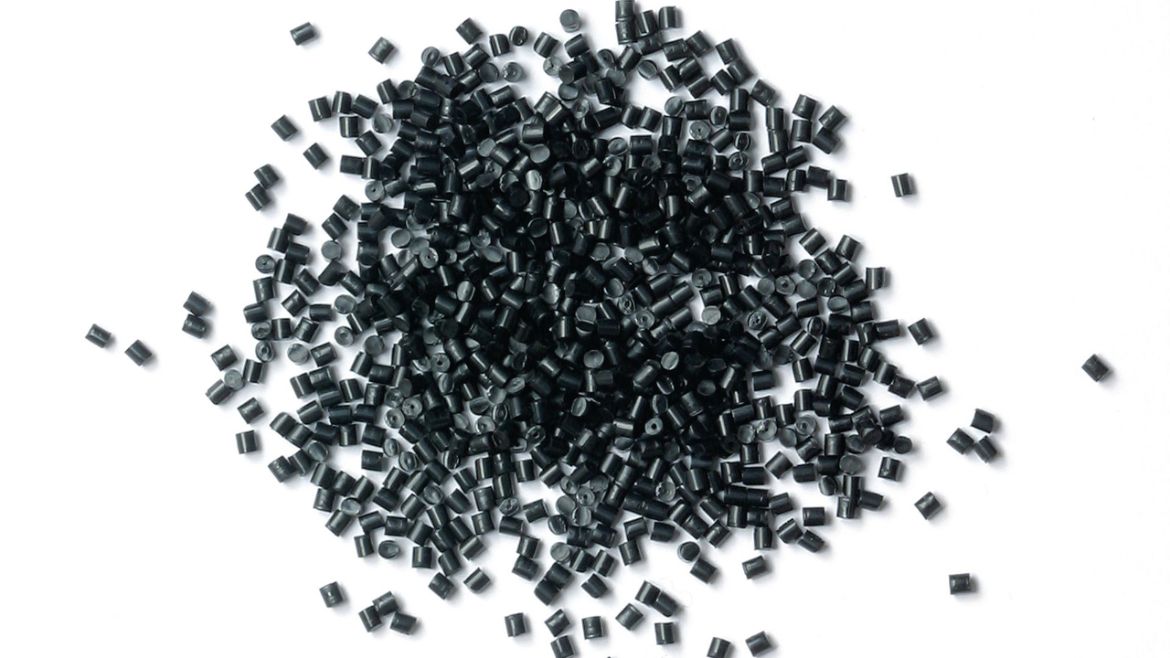The comparable carbon footprint of nylon is 75 % higher than polypropylene
The differences in the relative CO2 impact of engineering polymers relate to the complexity of their derivation from fossil-based naphtha (polymerisation versus polycondensation). This means that Polypropylene (PP) as a raw material has a significantly lower carbon footprint than Polyamide 6.6.
Once we feed that raw material into our injection moulding manufacturing process, the differences in the energy and time required to make a part are minimal. However, unlike cable ties made of polyamide, polypropylene cable ties do not need to be conditioned with water and packaged in air-tight bags to assure their correct mechanical performance on application.
Polypropylene is easier and more economic to recycle and reuse than polyamide 6.6.
Polypropylene (PP) is the most versatile and easiest post-consumer polymer to recycle. In general, four closed loops of recycling are considered possible before the negative impact of thermal degradation is perceptible. Recycled PP is generally mixed with virgin PP at up to 50 % to produce new products.
In contrast, it is harder to remove impurities from post-consumer nylon. Most polyamide recycling occurs from pre-consumer waste such as the sprue at the start and end of our production runs, or scrap waste from garments production.
Polypropylene is a suitable engineering choice for many cable management applications
At HellermannTyton, we are motivated to consider alternative material options which help us all conduct our business and lives more sustainably.
Understanding the complex relationship between material properties, the final product in application, and its impact, requires years of experience. This know-how really helps us when weighing up the advantages or disadvantages of a particular engineering polymer as the base material for a component part.
Producing fastening ties made of PP from series production moulds designed for optimal polyamide results is tricky. However, we are already striking a good balance for parts that do not have to be especially resistant to mechanical friction or heat. And we are already successfully modifying designs for new standard parts based on PP.
Interested? Let’s talk and discuss options for replacing PA6.6 with PP in your parts portfolio





